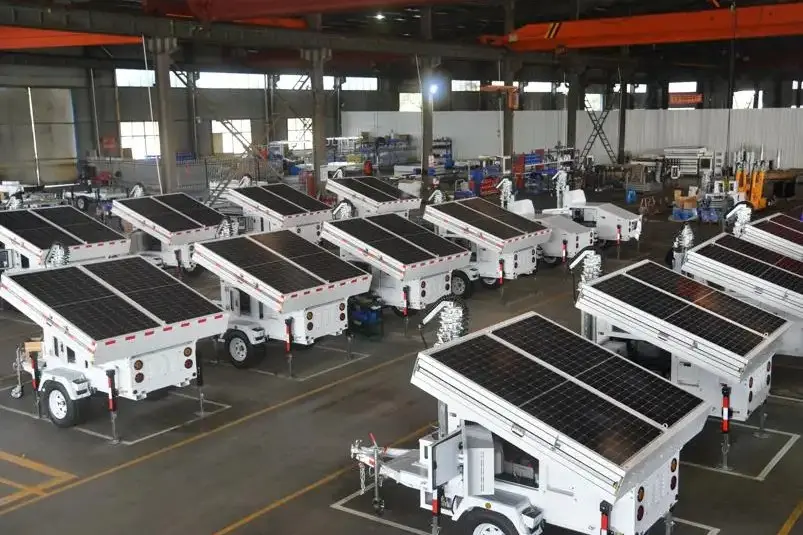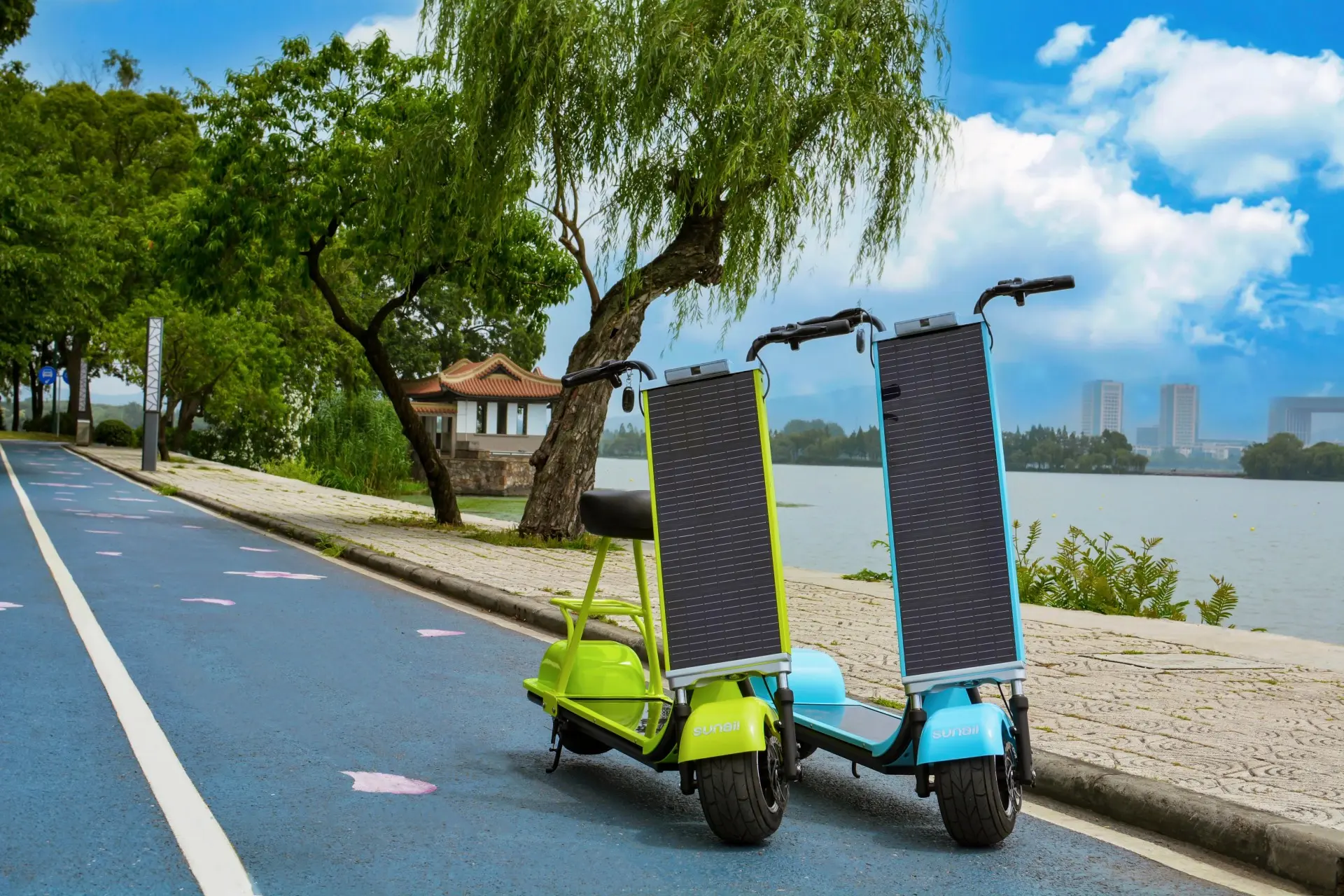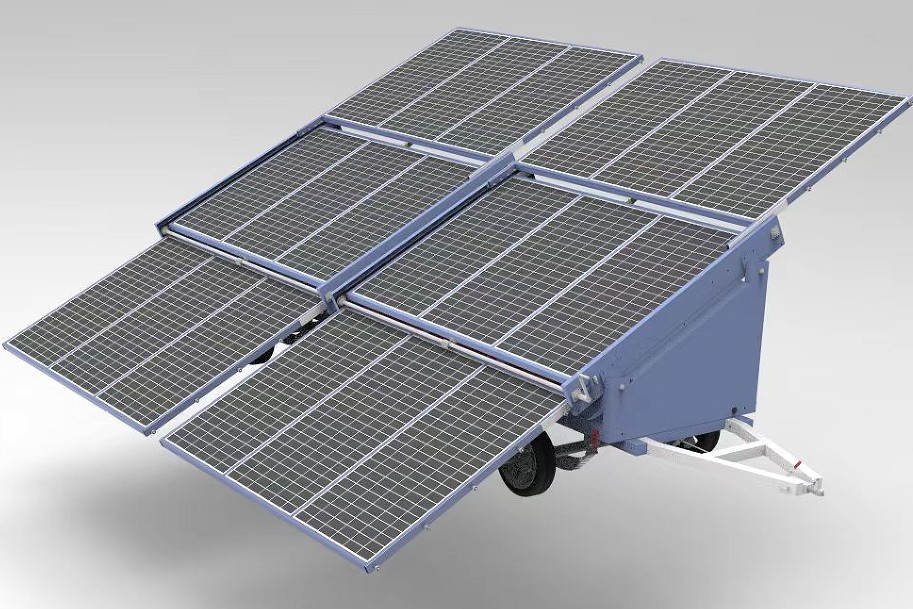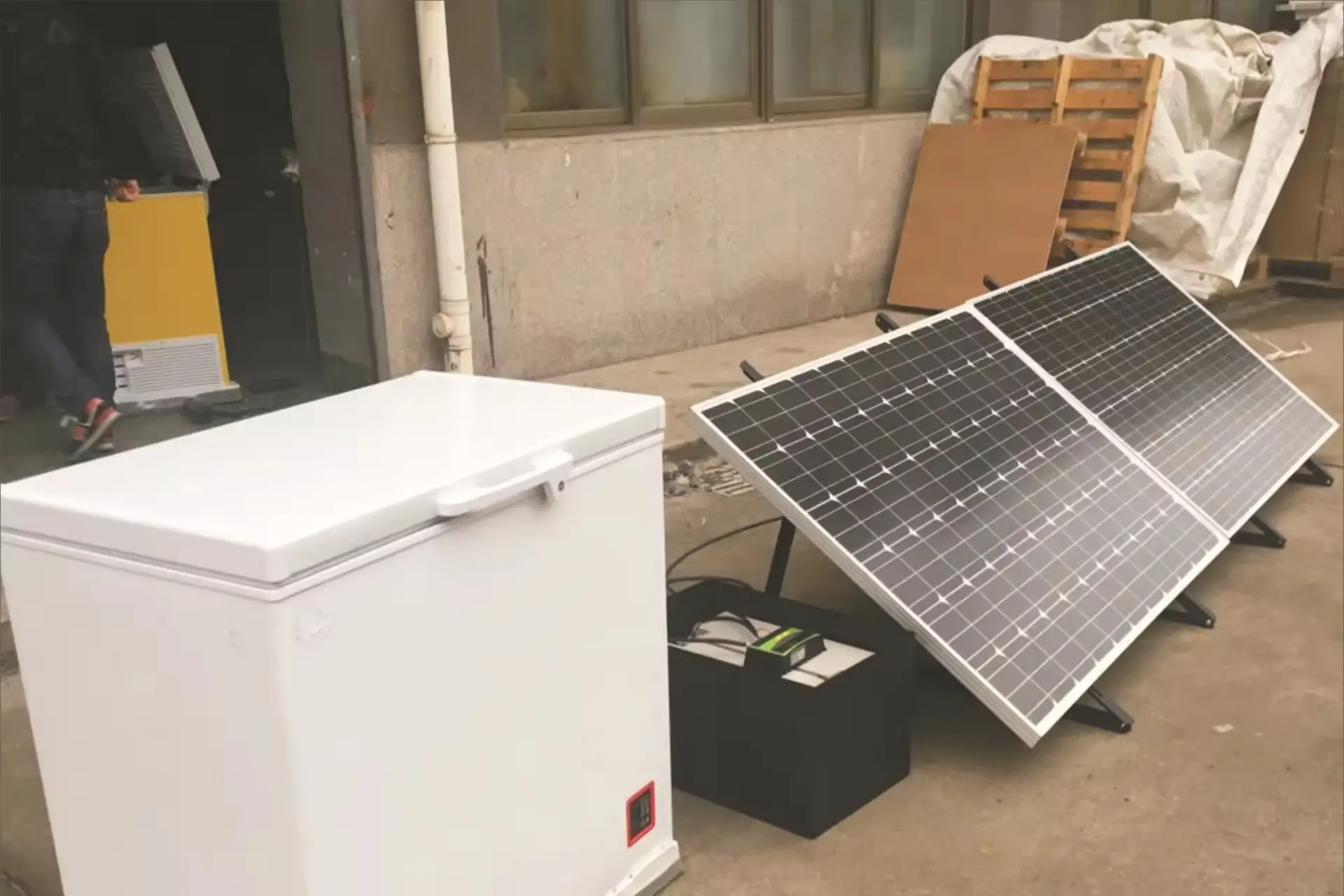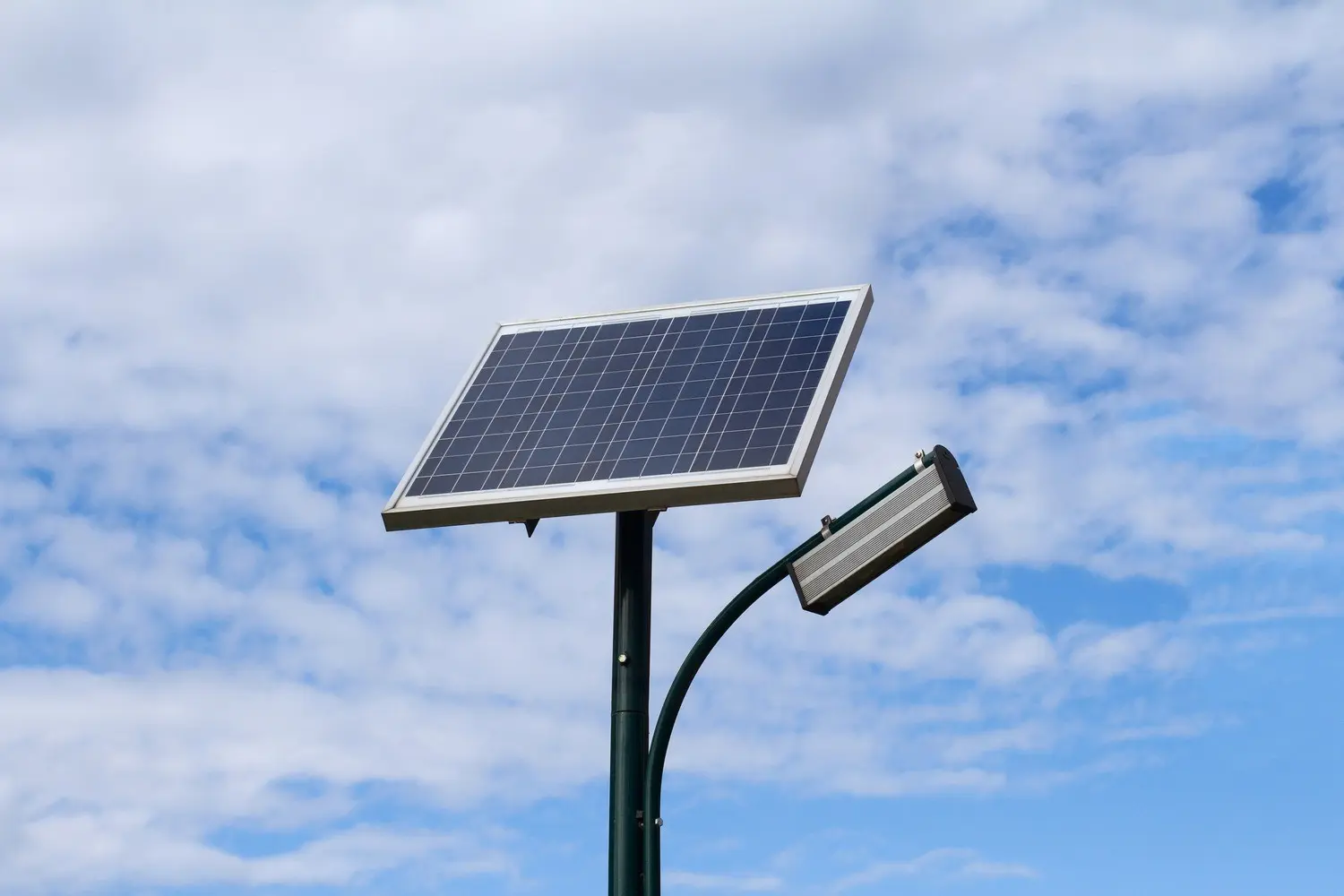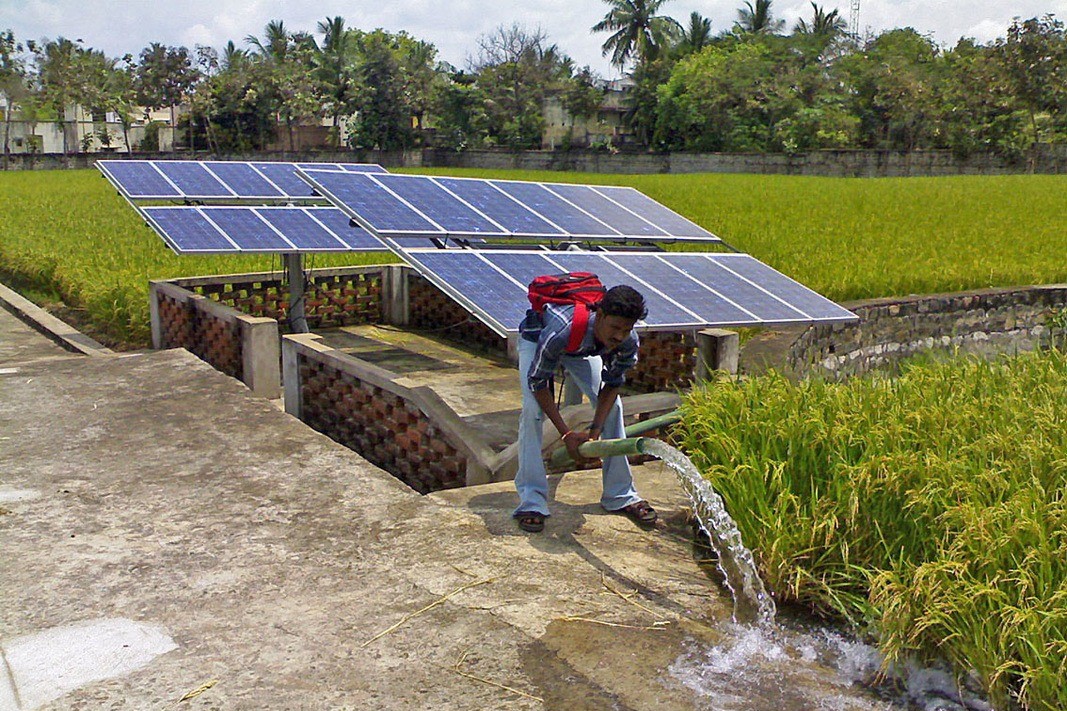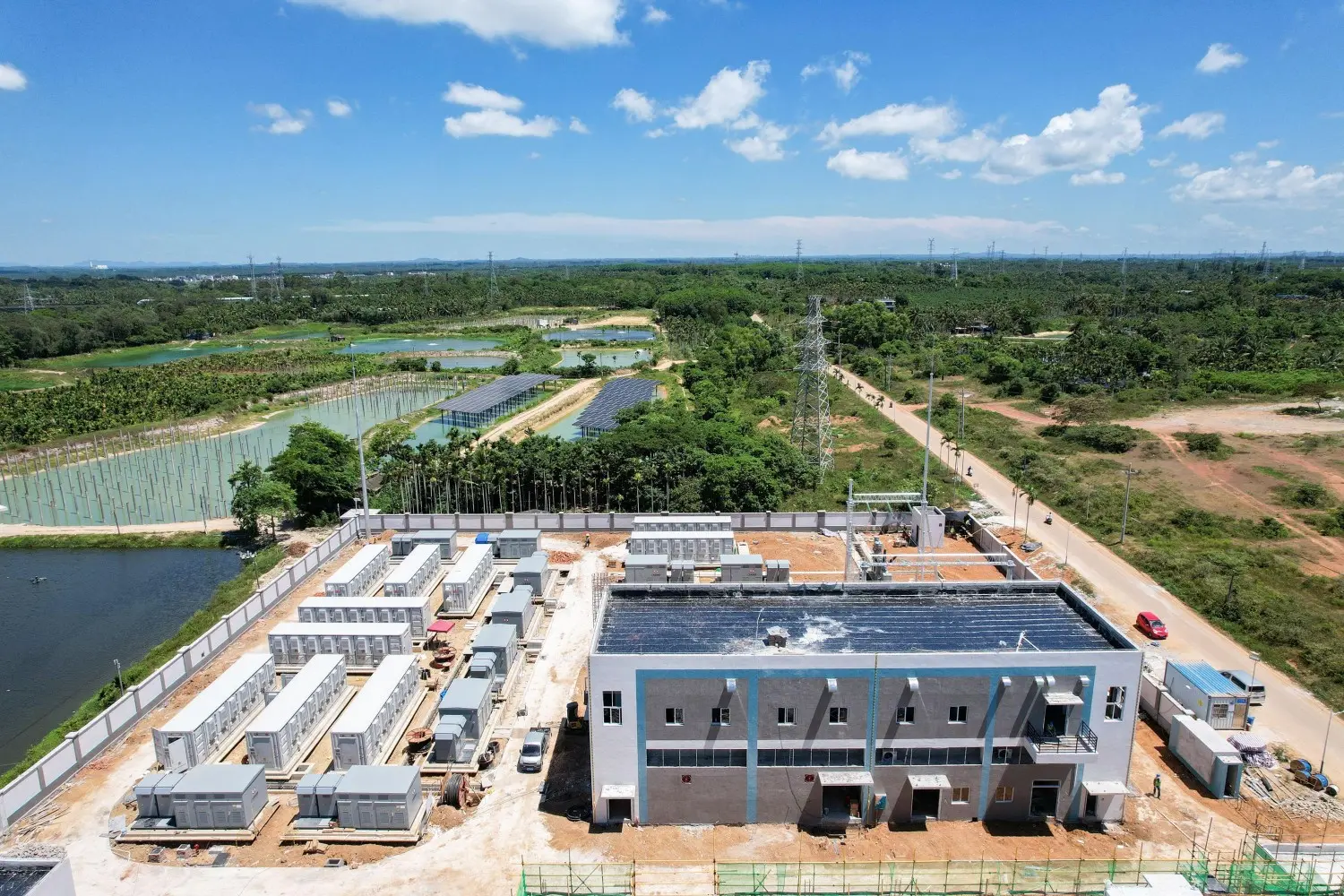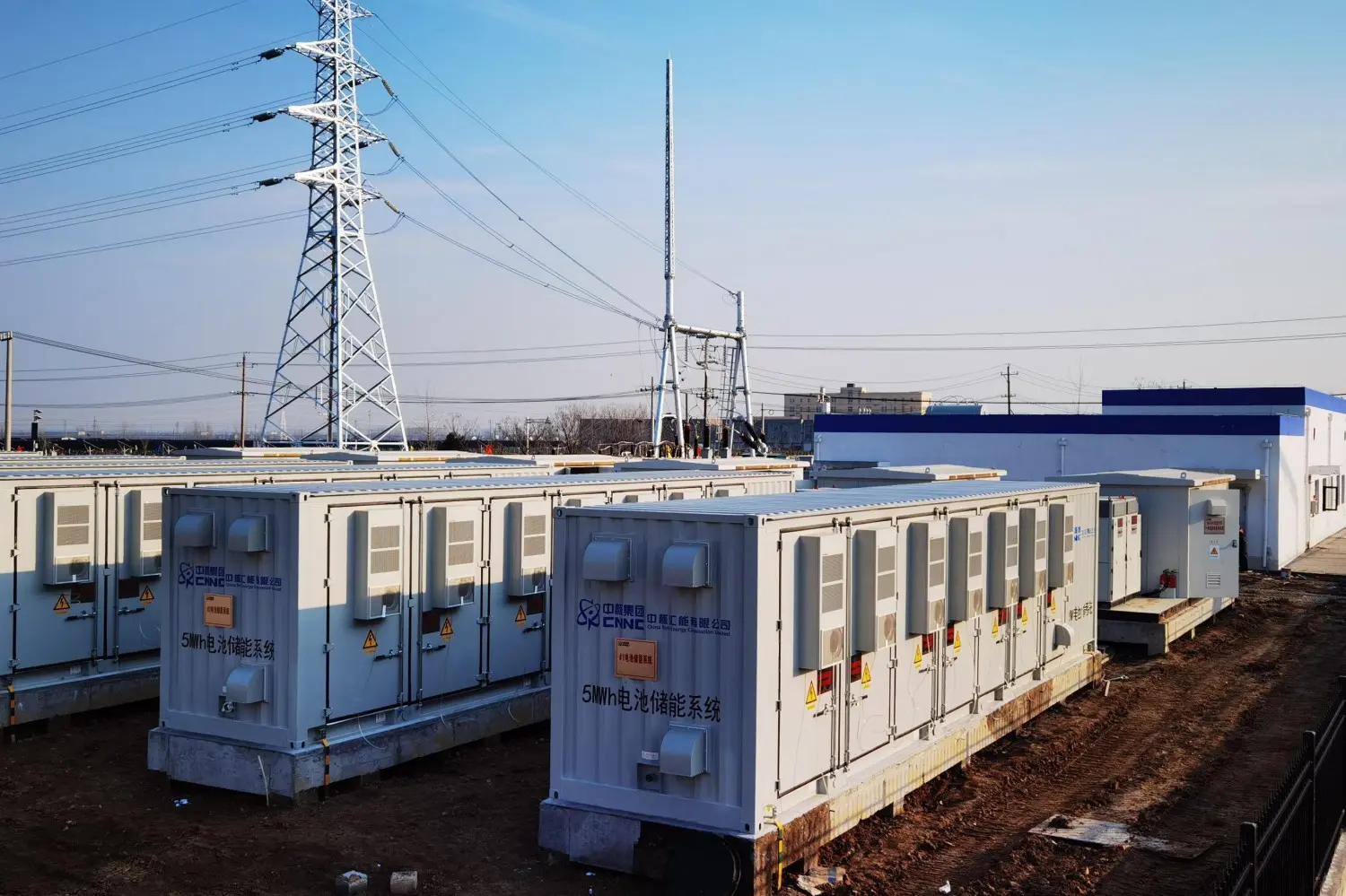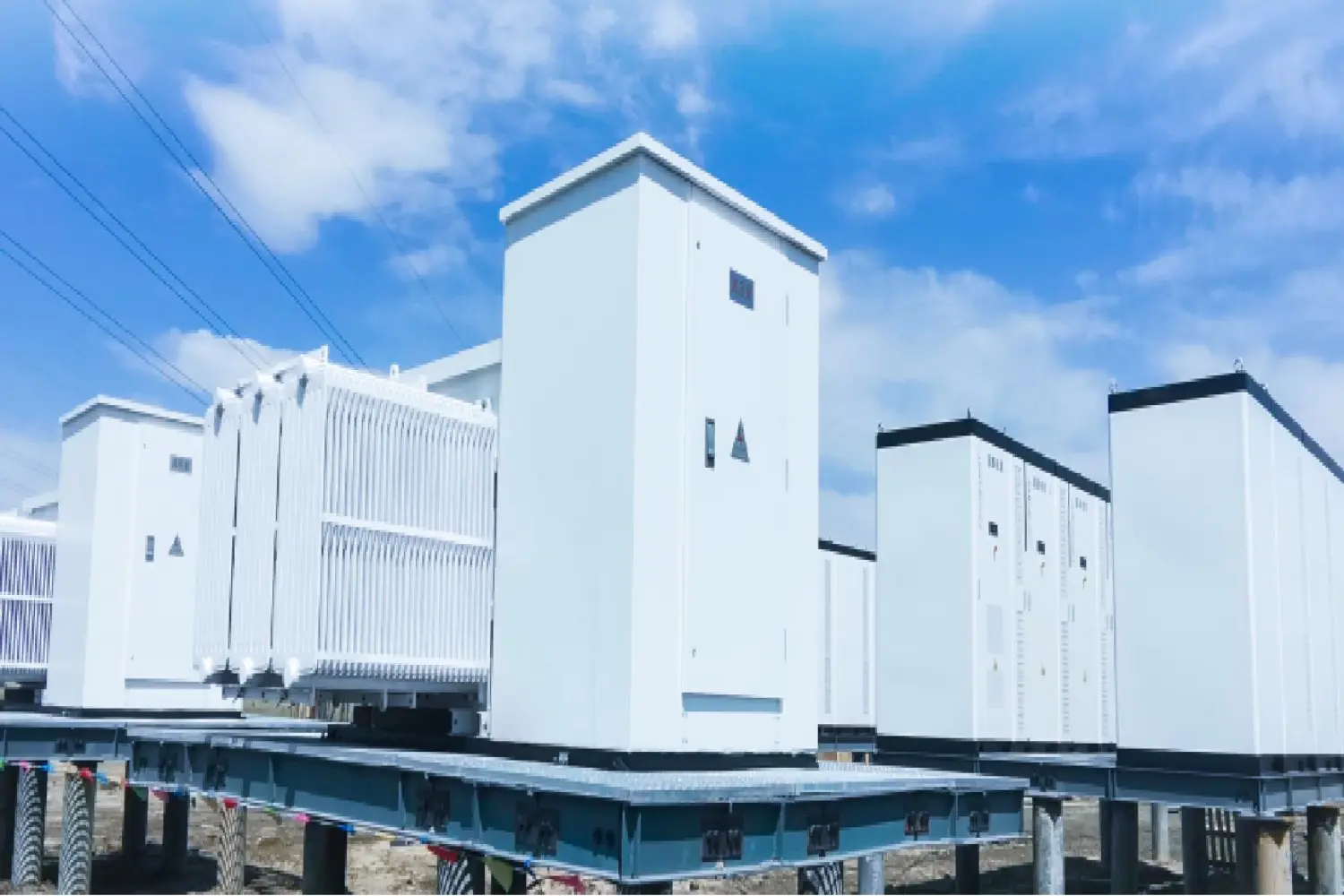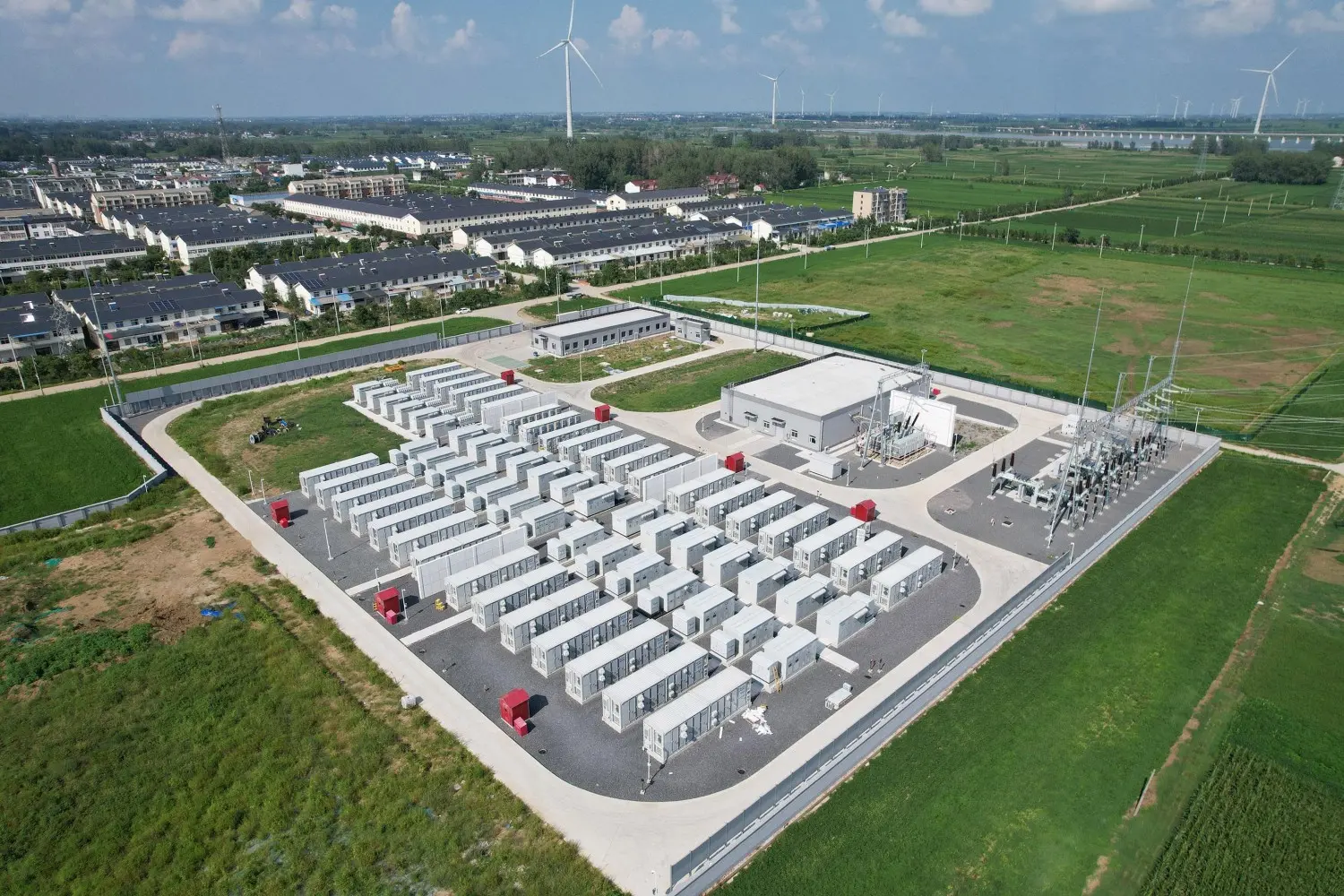Warehouse Logistic Solar Energy System
Client: Global Logistics Company, Malaysia
Client’s Needs: Reduce operational costs and carbon footprint while ensuring stable power for warehouse operations.
Challenges and Communication:
The client sought to power their 5000 m² warehouse efficiently and reduce dependency on grid electricity. We conducted a load assessment and recommended a system that aligns with their operational hours and peak energy demands.
Final Configuration:
- System Size: 250KW Solar PV System
- Features: Roof-mounted panels with energy monitoring for optimized consumption.
- Key Benefits: Significant cost savings, reduced carbon footprint, and enhanced corporate sustainability credentials.
The warehouse now runs efficiently on solar energy, reducing electricity bills by 30% and reinforcing the client’s green business initiatives.
Upgrade your warehouse with a tailored solar solution that saves money and supports sustainability. Contact us today to start your journey toward energy efficiency!
What You Should Know Before Setting Up a Solar Energy System on Your Warehouse
Installing a solar energy system on your warehouse can reduce energy costs, improve sustainability, and enhance operational efficiency. However, several key factors should be considered before you begin. Here's what you need to know:
---
Understand Your Peak Load Capacity and Load Type
- Peak Load: Identify the maximum energy demand during operational hours. This ensures your solar system can handle your warehouse's energy needs.
- Load Type: Pay special attention to motorized equipment, such as conveyor belts, HVAC systems, or cold storage units. These are inductive loads that may require additional capacity to manage startup surges.
Pro Tip: For inductive loads like pumps or motors, plan for a startup power capacity 5–7 times higher than the running capacity.
---
Assess Rooftop Installation Area
- Available Area: Measure the usable rooftop space to determine how many solar panels can be installed.
- Shading and Orientation: Ensure the area is free from shading and oriented for maximum sunlight exposure.
---
Check Rooftop Material and Weight-Bearing Capacity
- Material Type: Metal, concrete, or membrane roofs may require different mounting systems.
- Structural Integrity: Ensure the roof can support the weight of solar panels, mounting structures, and other equipment. A structural assessment may be necessary.
---
Choose the Right Solar Energy System Type
- Grid-Connected or Off-Grid: Decide if your system will be connected to the grid or standalone.
- Grid-Connected: Allows excess energy to be exported to the grid for credits.
- Off-Grid: Requires battery storage to ensure energy supply during downtime.
- Transformer Capacity: Ensure your transformer can handle the added load of the solar system.
---
Understand AC Coupling vs. DC Coupling
- AC Coupling:
- Easier integration with existing systems.
- Suitable for retrofitting an existing warehouse solar system.
- DC Coupling:
- Offers higher efficiency by directly storing energy in batteries before conversion.
- Ideal for new systems with energy storage requirements.
---
Final Considerations
- System Sizing: Work with a professional to ensure the system is appropriately sized for your energy needs.
- Permits and Compliance: Verify local regulations and building codes before installation.
- Maintenance: Plan for regular inspections and cleaning to maintain efficiency.
MH Energy provides tailored solar solutions for warehouses, including detailed load assessments, rooftop evaluations, and system designs to meet your specific needs.
Contact MH Energy today to maximize your warehouse's solar potential and unlock significant energy savings!
Contact us now
To start your journey toward sustainable living!


